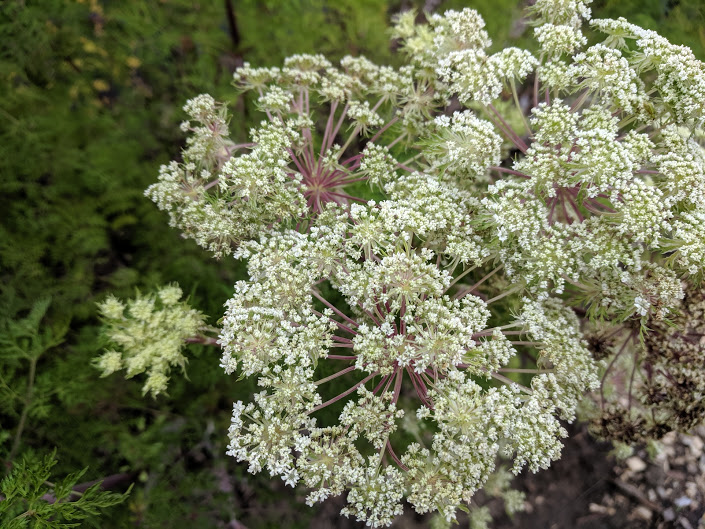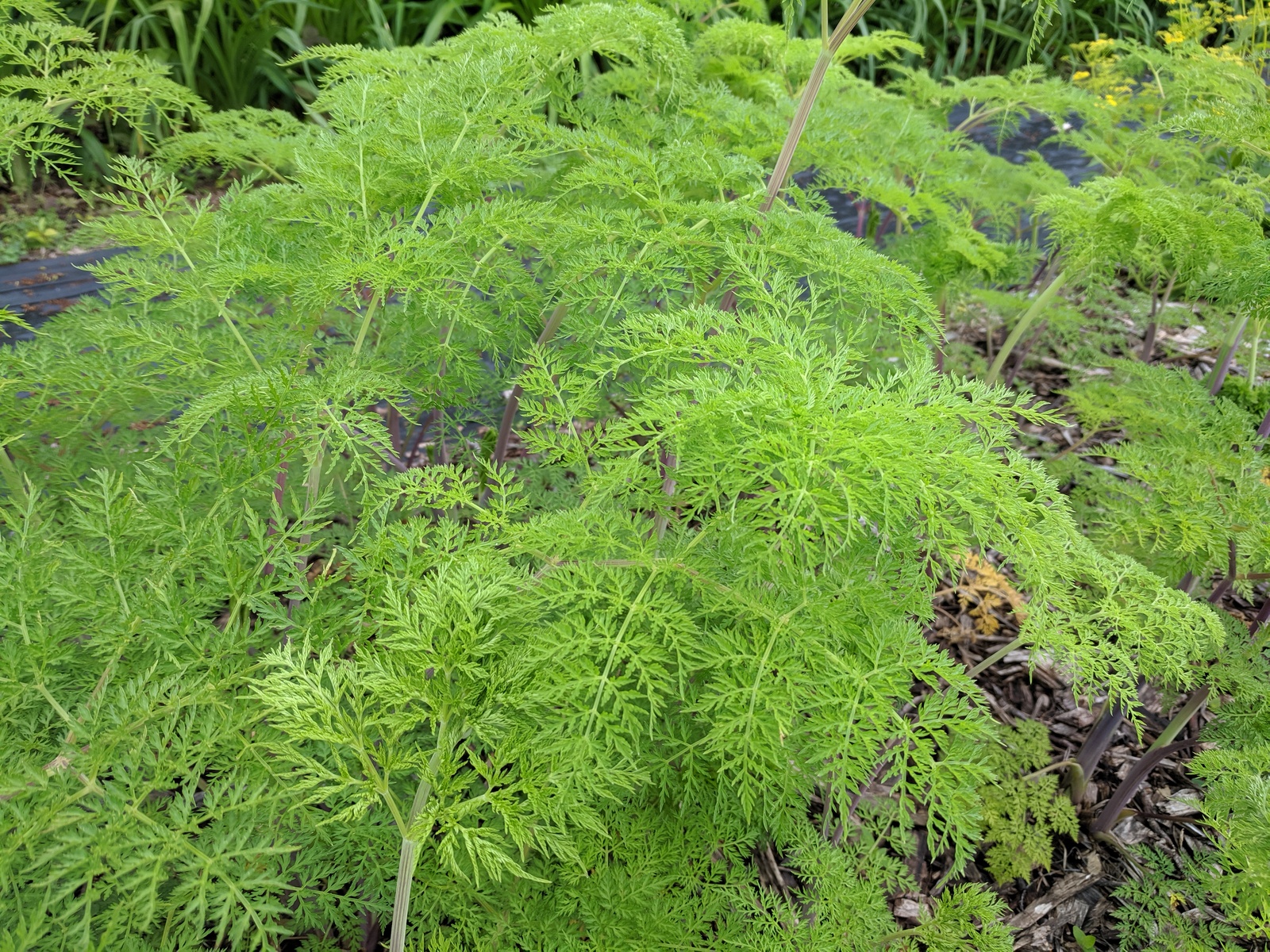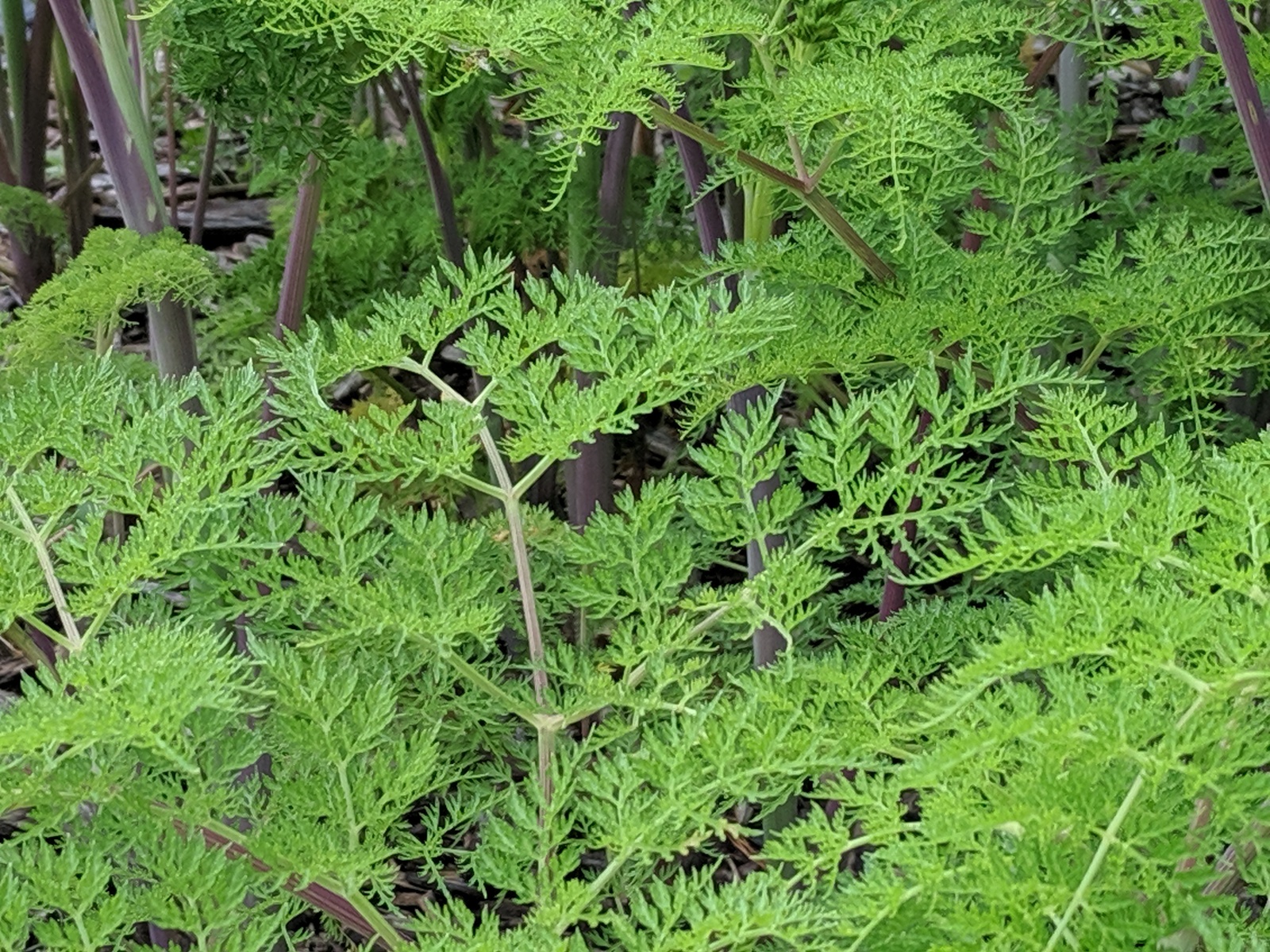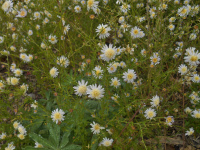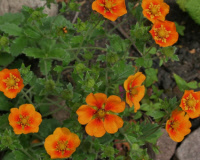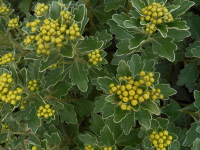Description
ARCHIVED
Note: This is a plant not currently for sale. This is an archive page preserved for informational use.
“Queen of umbellifers,” EA Bowles. All summer filigree of lacy, fern-like foliage then in late summer -fall white domes, 8” across, each dome made of multiple balls atop purple-red stems.

